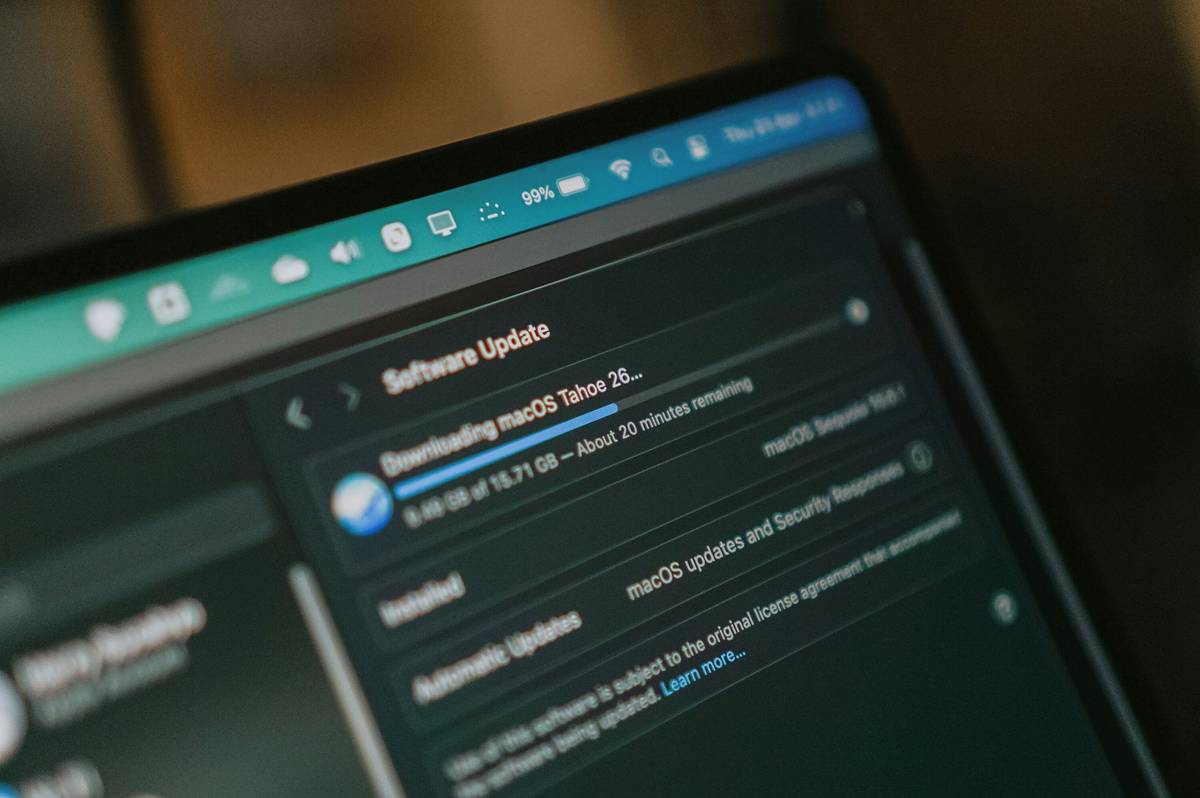Ever stared at your business phone bill and thought, “Is this a typo or just highway robbery?” Yeah, us too. Business phone call costs can spiral out of control faster than you’d expect—eating into profits and leaving you scratching your head. But here’s the kicker: most businesses are overpaying without even realizing it.
In this post, we’ll break down exactly how to conduct a business phone call cost analysis so you can identify inefficiencies, optimize spending, and still keep your team productive. Spoiler alert: You don’t need to downgrade your service to save money. We’ll cover:
- The hidden culprits behind skyrocketing phone bills
- A step-by-step guide to analyzing your costs
- Tips for cutting unnecessary expenses
- Real-world examples that prove these strategies work
Table of Contents
- Key Takeaways
- Why Business Phone Call Costs Matter
- Step-by-Step Guide to Conducting a Cost Analysis
- Best Practices for Reducing Expenses
- Case Study: Cutting Costs Without Sacrificing Service
- Frequently Asked Questions
- Conclusion
Key Takeaways
- Rogue charges (like unused features) often inflate phone bills.
- A detailed business phone call cost analysis helps pinpoint waste.
- Switching plans or providers isn’t always necessary—you might just need better optimization.
- Small changes, like setting up call routing rules, can lead to big savings.
Why Business Phone Call Costs Matter
I once inherited a client account where their monthly phone bill was $2,000…for five employees. Sounds ridiculous, right? Turns out they were paying for international calling packages they didn’t use, legacy hardware fees, and an outdated plan with zero flexibility. Lesson learned: Ignoring your phone costs is like leaving cash on the table.

Here’s why this matters:
- Cash Flow Impact: High phone costs drain your budget, limiting resources for other critical areas like marketing or R&D.
- Employee Productivity: Poorly managed systems can cause dropped calls, poor customer experiences, and frustrated teams.
- Scalability: Without a clear understanding of your current costs, scaling becomes a minefield filled with unexpected expenses.
Step-by-Step Guide to Conducting a Business Phone Call Cost Analysis
Ready to dive in? Let’s walk through how to analyze your phone costs like a pro. Grab your latest bill—you’re going to need it.
Step 1: Audit Your Current Plan
Start by reviewing every line item on your invoice. Look for things like:
- Unused international minutes
- Overage charges from exceeding data limits
- Legacy equipment fees
Step 2: Track Usage Patterns
Do some digging into who’s making what kinds of calls and when. For instance, if only one department regularly needs international calling, maybe consolidate those lines onto a shared plan instead of spreading them across multiple departments.
Step 3: Compare Provider Pricing
Shop around—not all providers charge equally. Some offer flat-rate models, while others let you customize based on usage patterns. Tools like Google Sheets can help compare side-by-side pricing quickly.
Step 4: Identify Optimization Opportunities
Optimist You: “Let’s eliminate wasted minutes and unused features!”
Grumpy You: “Ugh, but doesn’t that mean more spreadsheets?”*
Yes, yes it does. But trust me, spreadsheet life gets easier once you’re saving money.
Best Practices for Reducing Expenses
Not everything about cutting costs involves complicated math. Here are some simple yet effective tips:
- Eliminate Unused Features: No one’s using video conferencing via landline? Cut it!
- Implement VoIP Systems: Switching to Voice over IP can reduce long-distance rates significantly.
- Leverage Analytics: Modern PBX systems provide insights into call volume and duration, helping you make smarter decisions.
- Negotiate Better Rates: Pet peeve time: If your provider refuses to negotiate, remind them that competitors exist. Use data from Step 4 above as leverage.*
Case Study: Cutting Costs Without Sacrificing Service
We worked with a mid-sized SaaS company drowning in phone expenses ($5,000/month!). After completing a thorough business phone call cost analysis, we identified three issues:
- They paid for unlimited international minutes despite rarely using them.
- An old PRI system ate up maintenance fees.
- Employees frequently made personal calls during peak hours.
Solution: We swapped out the PRI system for a cloud-based VoIP solution, created policies around personal calls, and switched to a pay-as-you-go international plan. Result? Monthly savings of $3,000+.

Frequently Asked Questions
What Should I Do First When Analyzing My Business Phone Bill?
Begin by identifying fixed vs variable costs. Fixed costs include base plan fees, while variables could be overages or add-ons.
How Can I Reduce International Call Costs?
Consider switching to VoIP services, opting for prepaid global calling cards, or negotiating bulk discounts with your provider.
Can I Negotiate My Existing Plan?
Absolutely! Many providers will match competitor offers or adjust terms if retention is on the line.
Conclusion
Analyzing your business phone call cost isn’t rocket science—but it does require attention to detail. By auditing your plan, tracking usage, and exploring alternatives, you can uncover hidden opportunities to save without sacrificing quality.
And hey, remember this gem of wisdom: “Like dial-up internet, bloated phone bills belong in the past.” Cheers to smarter spending!
– – –
Random Haiku Moment:
Lines buzz, budgets shrink,
VoIP saves the day again—
Progress tastes sweet.


